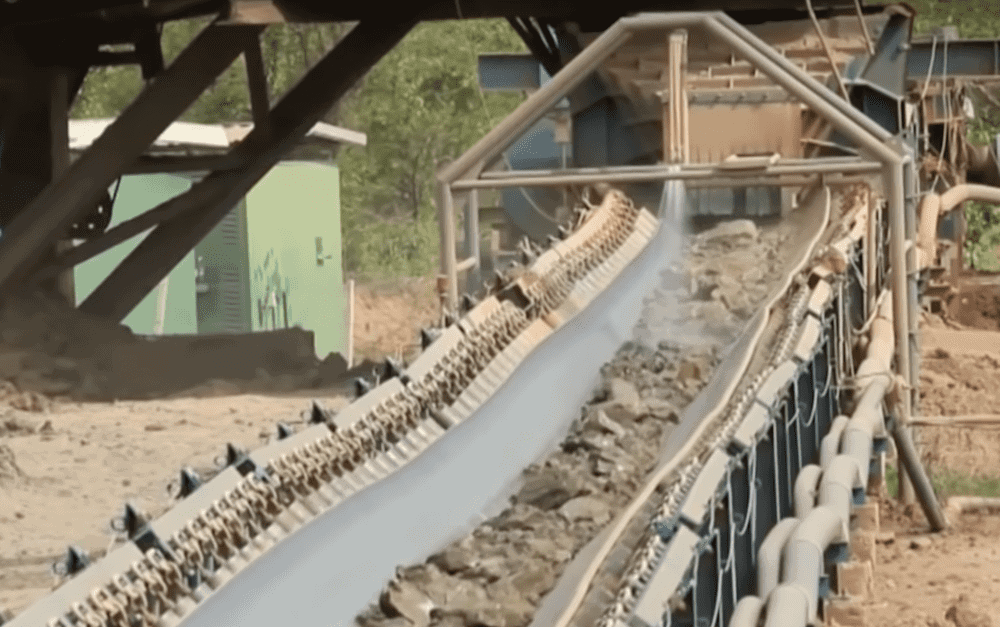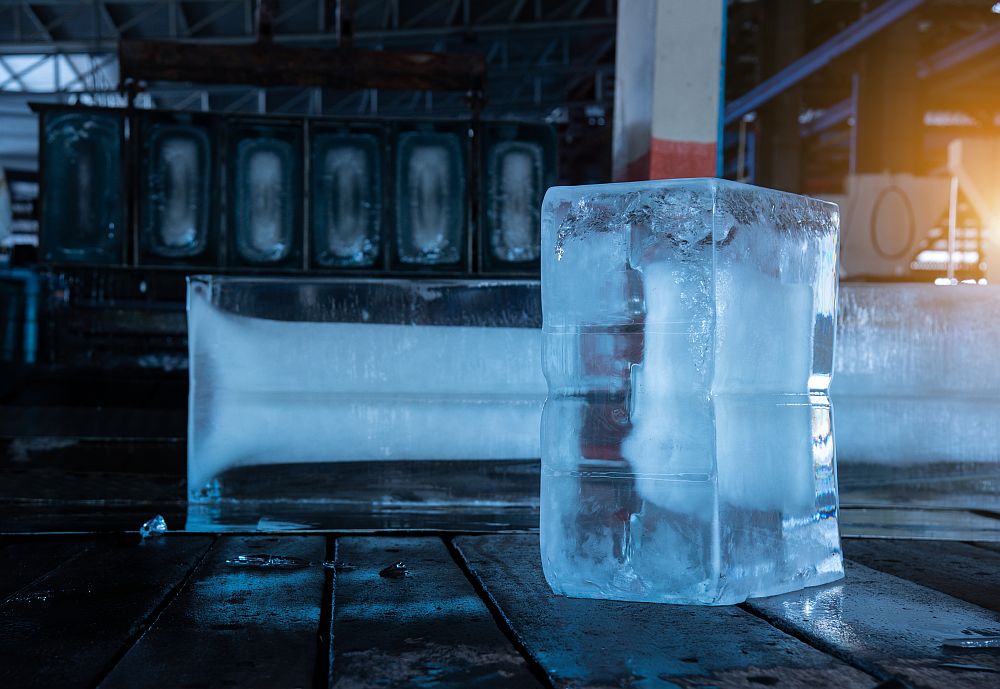
[Image above] An example of a rare earth mining operation. Ever since the possibility of China weaponizing its supply of rare earth elements became a widely recognized concern, countries around the world have looked at ways to diversify the supply chain. Credit: TRT World, YouTube
The rare earth supply chain is a topic at the forefront of many renewable energy discussions in the past few years.
Rare earth elements are a set of 17 metallic elements—the 15 lanthanides plus scandium and yttrium—that are essential components of many advanced technologies. These elements are not “rare” due to limited natural quantities; rather, they occur around the Earth in low concentrations, which makes finding large deposits of them in one place a rare occurrence.
Renewable energy technologies are a major sector that relies on rare earth elements. Yet as demand for renewable energy increases, manufacturers are growing increasingly concerned about securing enough supply of these elements.
Currently, China holds a monopoly on the world’s rare earth mining and refining processes. The possibility of China weaponizing this supply is a concern that became widely recognized in recent years.
Diversifying the supply chain is a main approach that the rare earth industry is taking to ensure adequate supply. However, there are challenges to diversification, and a recent industry survey provides an excellent rundown of these challenges.
An international team of researchers from Monash University Malaysia, University of Moratuwa in Sri Lanka, Imperial College London, and the Rare Earth Industry Association in Belgium conducted the survey. They asked 30 rare earth industry experts to rate and rank 13 factors that hinder rare earth project developments outside of China, which they identified through a detailed literature survey on rare earth elements and the rare earth industry.
The industry experts largely represent rare earth companies outside of China. “This sample size (i.e., 30) is significant as the RE [rare earth] industry outside China is relatively small,” the researchers write.
Based on the survey, they identified four key constraints to rare earth project development.
Constraint 1: Chinese rare earth supply chain controls and business uncertainties
Constraint 1 is a result of six intercorrelated variables. It primarily addresses two aspects: rare earth business uncertainties outside China, including high capital costs (variables 8, 9, 10, and 13), and Chinese rare earth interests outside China (variables 11 and 12). “The former aspect seems the dominant one due to the high factor loadings assigned to it,” the researchers write.
They add that governments should support the companies that are ready to develop rare earth projects and downstream businesses as a risk management strategy.
Constraint 2: Rare earth waste management, recycling, and substitution challenges
Constraint 2 is a result of four intercorrelated variables: rare earth substitution (variable 5) and recycling (variable 4) challenges, costly waste treatment operations (variable 7), and lengthy legislative hurdles to initiate new rare earth operations (variable 3).
“Industrial scale RE recycling is not yet extensively established outside China in order to generate a significant amount of REEs [rare earth elements] from secondary RE resources,” the researchers write. Plus, “RE substitution has been applied to a certain extent, though it will not replace the requirement for independent RE supply chains outside China.
They add that government funding will be needed to address this constraint as well, by supporting development of rare earth element extraction, purification, and refining projects at industrial scale.
Constraint 3: Rare earth separation challenges and high investments
Constraint 3 is a result of two variables: high operational costs (variable 2) and complexity of rare earth separation and purification plants (variable 1). The researchers explain that over the last couple of decades, China has developed effective rare earth separation and purification technologies, leading to significant rare earth concentrate imports to China to carry out downstream processes.
“The development of economic RE separation and purification plants outside China would be crucial to address this challenge and establish independent RE supply chains,” they write.
Constraint 4: Rare earth ore geology variabilities
Constraint 4 consists only of variable 6, which ascertains how the ore mineralogy of rare earth resources affects development of rare earth mines and separation and purification plants. For example, the researchers note that China possesses ion-adsorption-type rare earth resources, which are much easier to process compared to other rare earth resources.
“Despite the potential availability of ion adsorption type RE ores outside China, the projects are not yet initiated except for the project initiated by Ionic Rare Earths in Uganda,” they write.
Among the four constraints, Constraint 1 ranks as the single most important factor dictating development of rare earth projects outside of China according to the statistical analysis. However, “It does not necessarily imply that the other factors are statistically insignificant,” the researchers emphasize.
Despite the constraints, the researchers identify several recent developments of rare earth exploration and mining projects outside China, especially in the United States, Canada, Australia, and Europe. They did not account for the project readiness level of each project, though, and they consider this absence the main limitation that future studies should address.
Regardless, “These initiatives will have palpable impacts on the supply diversifications, perhaps in next decades, if new RE mines and their supply chains are connected to such downstream facilities outside China for a sufficiently long time,” they conclude.
The paper, published in Journal of Cleaner Production, is “Constraints to rare earth elements supply diversification: Evidence from an industry survey” (DOI: 10.1016/j.jclepro.2021.129932).
Author
Lisa McDonald
CTT Categories
- Education


